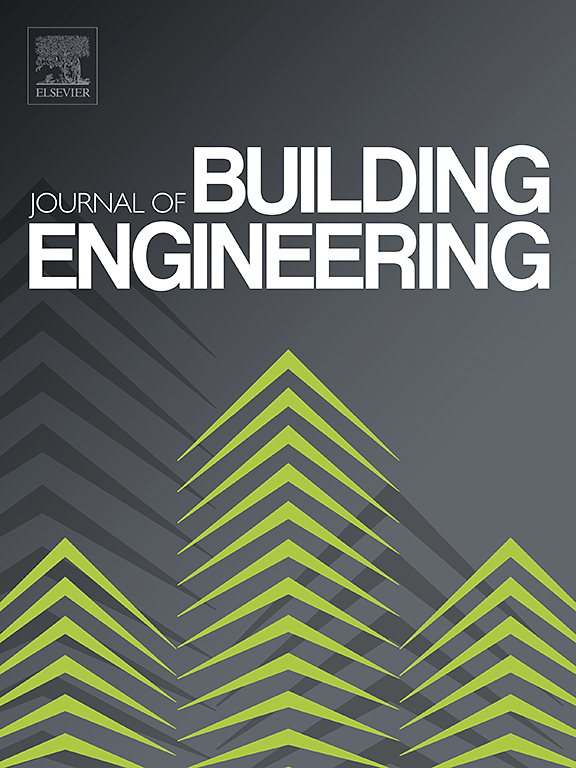冶金镍铁渣在建筑材料中的应用:综述
IF 6.7
2区 工程技术
Q1 CONSTRUCTION & BUILDING TECHNOLOGY
引用次数: 0
摘要
镍铁渣(FNS)是镍铁合金生产过程中排放的工业固体废物。由于全球对镍资源的需求不断增加,FNS 的年排放量和库存总量持续上升,但其综合利用率仍然较低。利用 FNS 作为胶凝补充材料(SCM)或细骨料,可以提高 FNS 的综合利用率,减少建筑材料对生态环境的影响,符合绿色、环保、可持续发展的理念。本文综述了 FNS 应用于建筑材料的研究成果,特别是 FNS 作为单体材料、细骨料和土工聚合物的相关研究。研究结果表明,FNS 用作 SCM 时,其活性成分较少,水化反应程度较低,取代率不易超过 20%。然而,机械球磨可以显著增强 FNS 的填充效果,增加其无定形相含量,从而改善 FNS 的性能。此外,通过引入碱活化剂,还能进一步激发胶凝体系的反应活性。活性激发法将 FNS 的替代率提高到 30%,从而扩大了其应用范围和效率。当 FNS 用作细集料时,当取代率设定为 40%-50% 时,其工作性能、机械性能和耐久性最好。然而,如何解决 FNS 细集料潜在的碱硅反应是今后研究的重点。此外,FNS 土工聚合物复合材料体系的建立和性能研究也有待进一步探索。最后,结合本文的研究成果,提出了今后的研究展望。本文章由计算机程序翻译,如有差异,请以英文原文为准。
Application of metallurgical ferronickel slag in building materials: A review
Ferronickel slag (FNS) is an industrial solid waste discharged during the production of ferronickel alloy. The annual discharge and total stockpile of FNS keep rising due to the increasing global demand for nickel resources, but its comprehensive utilization rate remains low. Using FNS as supplementary cementitious material (SCM) or fine aggregate can improve the comprehensive utilization rate of FNS and reduce the impact of building materials on the ecological environment, which conforms to the concept of green, environmental protection and sustainable development. This paper reviews the research results of FNS applied in building materials, especially the related research of FNS as SCM, fine aggregate and geopolymer. The results show that when FNS is used as SCM, its active component is less, the degree of hydration reaction is lower, and the substitution rate is not easy to exceed 20 %. However, mechanical ball milling can significantly enhance the filling effect of FNS and increase its amorphous phase content, thereby improving the performance of FNS. In addition, with the introduction of alkali activator, the reactivity of the cementitious system can be further stimulated. The active excitation method increases the substitution rate of FNS to 30 %, which broadens its application range and efficiency. When FNS is used as fine aggregate, when the replacement rate is set at 40%–50 %, the working performance, mechanical properties and durability are the best. Nevertheless, how to solve the potential alkali-silica reaction of FNS fine aggregate is the focus of future research. In addition, the establishment and performance research of FNS geopolymer composite system still need to be further explored. Finally, combined with the research results of this paper, the future research prospects are put forward.
求助全文
通过发布文献求助,成功后即可免费获取论文全文。
去求助
来源期刊

Journal of building engineering
Engineering-Civil and Structural Engineering
CiteScore
10.00
自引率
12.50%
发文量
1901
审稿时长
35 days
期刊介绍:
The Journal of Building Engineering is an interdisciplinary journal that covers all aspects of science and technology concerned with the whole life cycle of the built environment; from the design phase through to construction, operation, performance, maintenance and its deterioration.
 求助内容:
求助内容: 应助结果提醒方式:
应助结果提醒方式:


